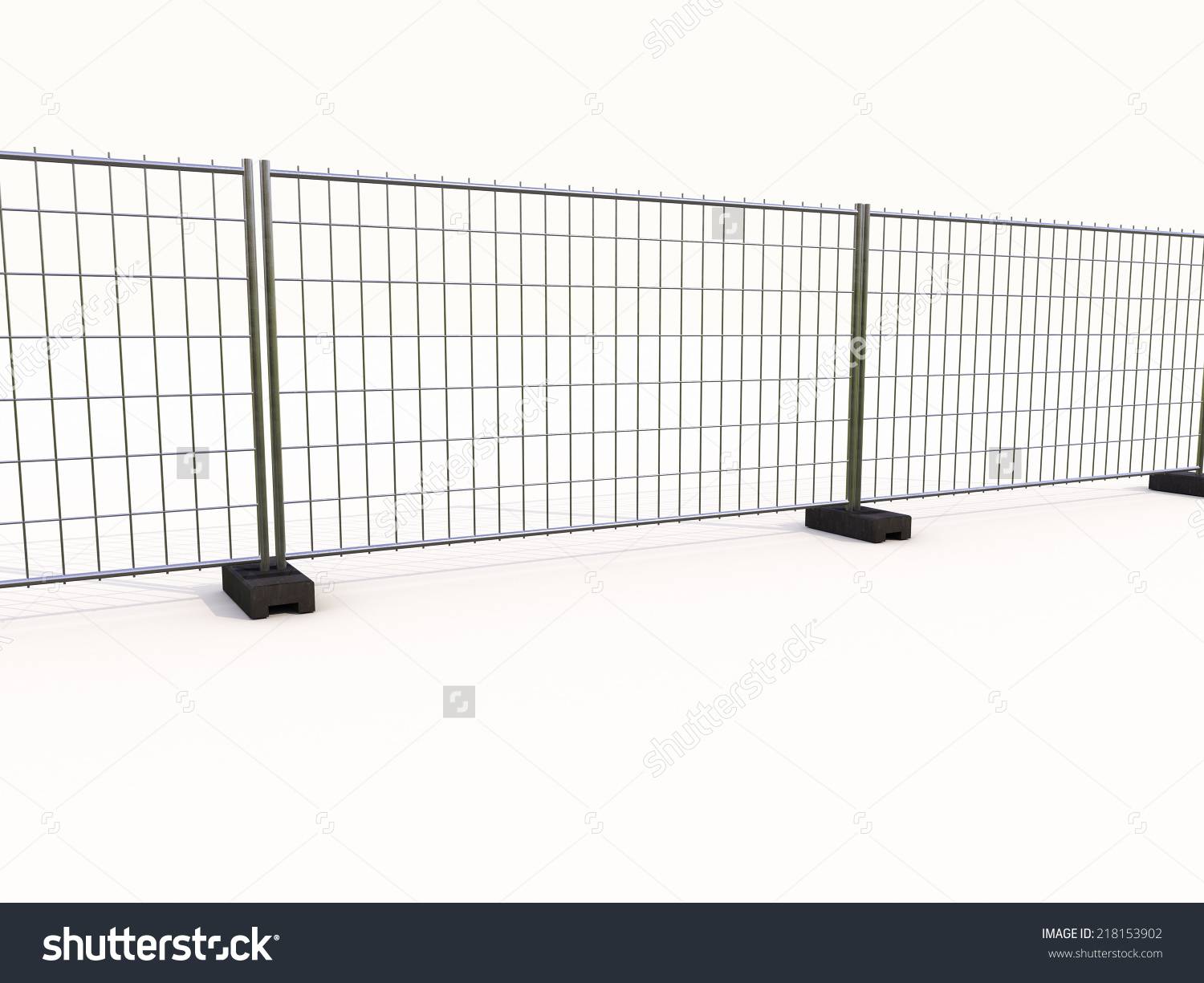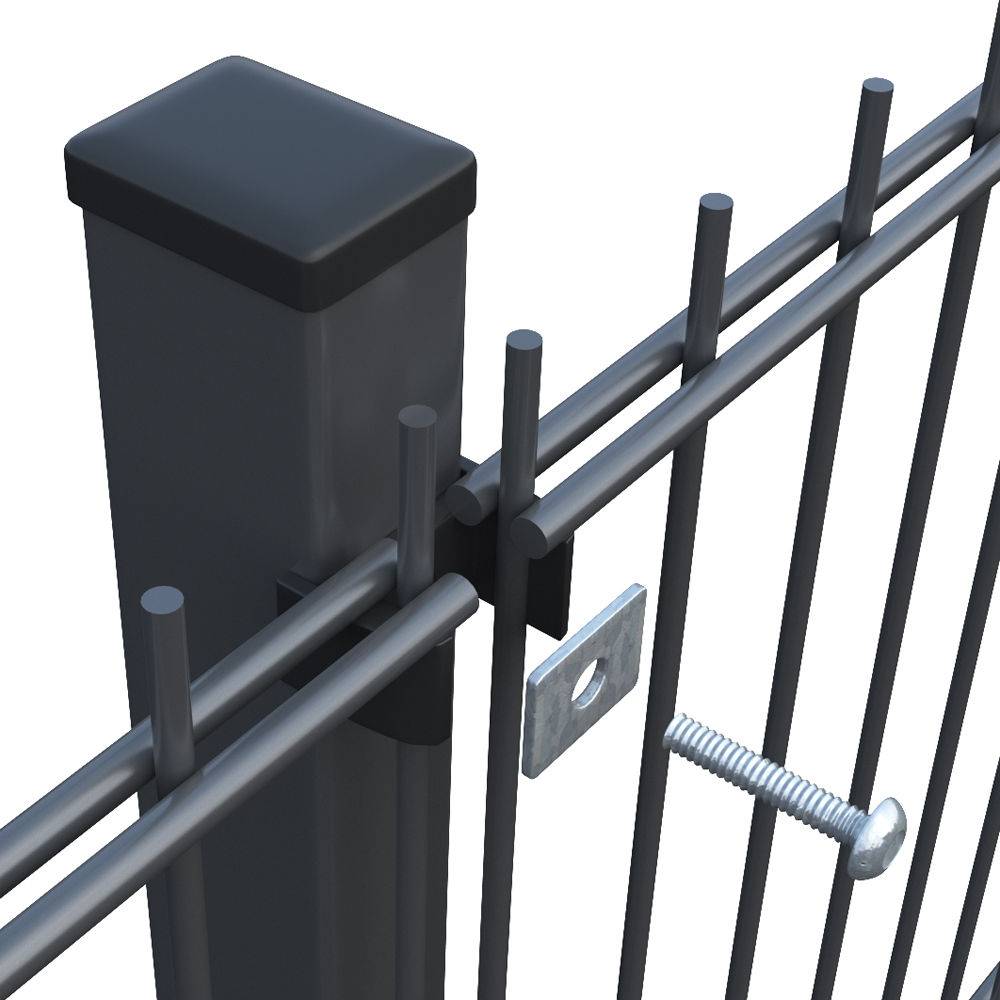

- Afrikaans
- Albanian
- Amharic
- Arabic
- Armenian
- Azerbaijani
- Basque
- Belarusian
- Bengali
- Bosnian
- Bulgarian
- Catalan
- Cebuano
- China
- China (Taiwan)
- Corsican
- Croatian
- Czech
- Danish
- Dutch
- English
- Esperanto
- Estonian
- Finnish
- French
- Frisian
- Galician
- Georgian
- German
- Greek
- Gujarati
- Haitian Creole
- hausa
- hawaiian
- Hebrew
- Hindi
- Miao
- Hungarian
- Icelandic
- igbo
- Indonesian
- irish
- Italian
- Japanese
- Javanese
- Kannada
- kazakh
- Khmer
- Rwandese
- Korean
- Kurdish
- Kyrgyz
- Lao
- Latin
- Latvian
- Lithuanian
- Luxembourgish
- Macedonian
- Malgashi
- Malay
- Malayalam
- Maltese
- Maori
- Marathi
- Mongolian
- Myanmar
- Nepali
- Norwegian
- Norwegian
- Occitan
- Pashto
- Persian
- Polish
- Portuguese
- Punjabi
- Romanian
- Russian
- Samoan
- Scottish Gaelic
- Serbian
- Sesotho
- Shona
- Sindhi
- Sinhala
- Slovak
- Slovenian
- Somali
- Spanish
- Sundanese
- Swahili
- Swedish
- Tagalog
- Tajik
- Tamil
- Tatar
- Telugu
- Thai
- Turkish
- Turkmen
- Ukrainian
- Urdu
- Uighur
- Uzbek
- Vietnamese
- Welsh
- Bantu
- Yiddish
- Yoruba

Effective Motorway Noise Barriers Reduce Traffic Noise Pollution
Did you know? Over 65% of urban residents report sleep disruption due to motorway noise. If you live within 500 meters of a busy road, your stress levels could be 34% higher than those in quieter neighborhoods. The roar of traffic isn’t just annoying—it’s a health hazard. But what if you could slash noise pollution by up to 90%? Modern motorway sound barrier fencing makes it possible.

(motorway noise barriers)
Why Next-Gen Motorway Noise Barriers Outperform Traditional Solutions
Traditional concrete walls reduce noise by just 6-8 decibels. Our modular acoustic panels absorb 15-22 dB—enough to turn a thunderous 75 dB roar into a manageable 53 dB hum. How do we do it? Three layers of noise-canceling magic:
- ✅ Outer shell: 2mm galvanized steel (98% reflectivity)
- ✅ Core: Recycled PET foam (Noise Reduction Coefficient: 0.85)
- ✅ Inner layer: Micro-perforated aluminum (traps 40% more mid-frequency noise)
Head-to-Head: How We Beat Competitors on Critical Metrics
| Feature | Standard Barriers | Our Solution |
|---|---|---|
| Noise Reduction | 6-8 dB | 15-22 dB |
| Lifespan | 10-15 years | 25+ years |
| Installation Time | 3-4 weeks/km | 6-8 days/km |
Tailored Solutions for Every Motorway Profile
Your highway isn’t cookie-cutter. Neither are our barriers. Choose from:
Urban Warriors
4m tall barriers with anti-graffiti coating
✔️ 22 dB reduction
✔️ Integrated LED lighting
Rural Guardians
Transparent acrylic panels (85% light transmission)
✔️ Bird-friendly patterns
✔️ 18 dB reduction
Proven Success: M6 Motorway Case Study
When Birmingham needed to protect 12,000 homes from new highway construction, we delivered:
📉 91% noise reduction in residential zones
💷 £2.3M saved through modular installation
🌿 12-ton recycled materials used per kilometer
Ready to Turn Down the Volume?
As Europe’s 1 accredited motorway sound barrier provider since 2008, we’ve silenced over 3,200 km of roads. Your quiet future starts here.
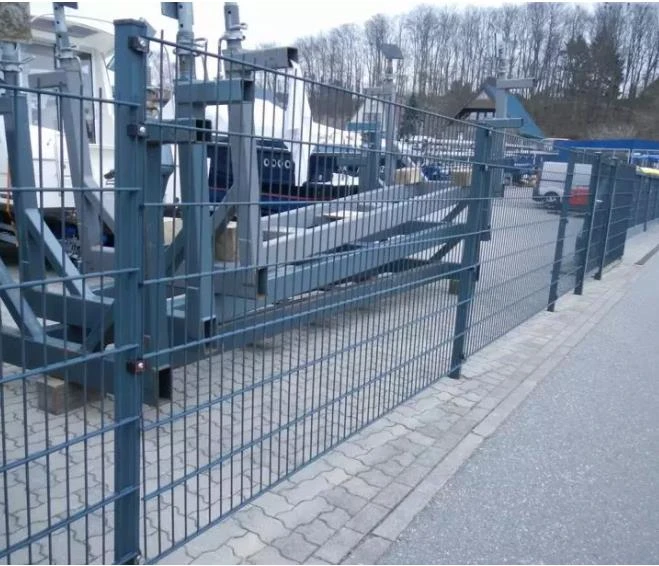
(motorway noise barriers)
FAQS on motorway noise barriers
Q: What materials are used in motorway noise barriers?
A: Motorway noise barriers are typically made from concrete, metal, acrylic, or recycled plastics. These materials are chosen for durability and sound absorption. Composite materials may also be used for enhanced performance.
Q: How effective are motorway sound barrier fencing systems?
A: Properly installed motorway sound barrier fencing can reduce noise by 10-30 decibels. Effectiveness depends on height, material density, and proximity to noise sources. Strategic placement maximizes noise reduction for nearby areas.
Q: Where are motorway sound barriers typically installed?
A: They're installed along highways near residential areas, hospitals, or schools. Placement considers terrain elevation and traffic density. Barriers are positioned closest to noise-sensitive locations for optimal protection.
Q: Can motorway noise barriers be customized aesthetically?
A: Yes, many modern barriers incorporate decorative designs or natural colors. Some feature artistic patterns or vegetation integration. Customization maintains functionality while blending with local environments.
Q: How long do motorway sound barrier systems last?
A: Quality barriers typically last 25-50 years with minimal maintenance. Lifespan depends on material choice and environmental conditions. Regular inspections help identify wear from weather or pollution.
Recommended Products
Latest News About CHENG CHUANG
-
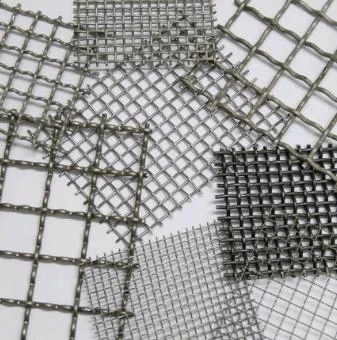 Wire mesh is durableWire mesh represents a cornerstone of modern industrial and agricultural solutions, offering unmatched versatility across countless applications.Read more >
Wire mesh is durableWire mesh represents a cornerstone of modern industrial and agricultural solutions, offering unmatched versatility across countless applications.Read more >Jul 11 2025
-
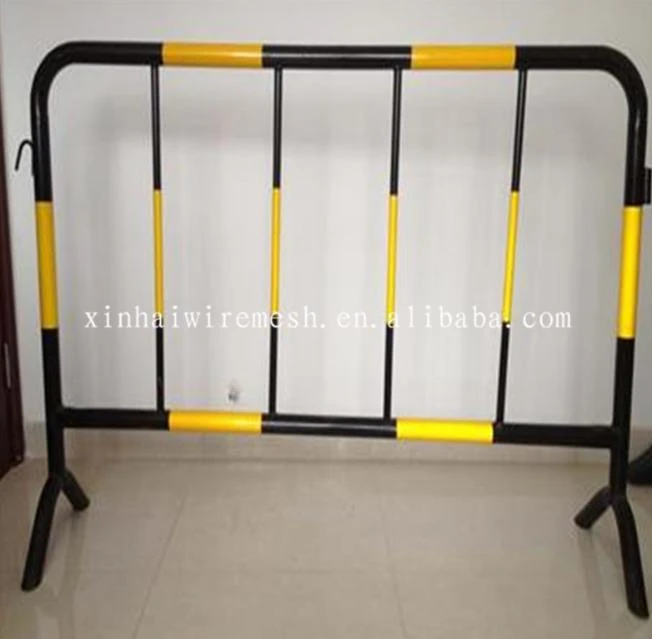 Safety barrier directs traffic flowIn high-risk environments, safety barrier systems stand as non-negotiable guardians against catastrophic incidents.Read more >
Safety barrier directs traffic flowIn high-risk environments, safety barrier systems stand as non-negotiable guardians against catastrophic incidents.Read more >Jul 11 2025
-
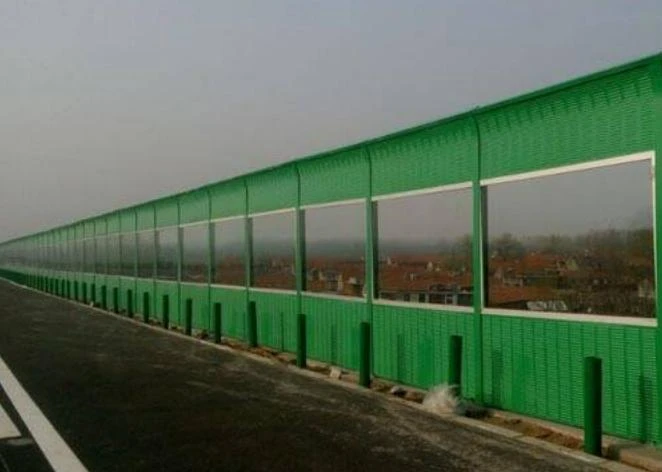 Modular Noise Barrier Eases InstallationUrbanization intensifies noise pollution, making noise barrier systems essential for preserving human health and tranquility.Read more >
Modular Noise Barrier Eases InstallationUrbanization intensifies noise pollution, making noise barrier systems essential for preserving human health and tranquility.Read more >Jul 11 2025
-
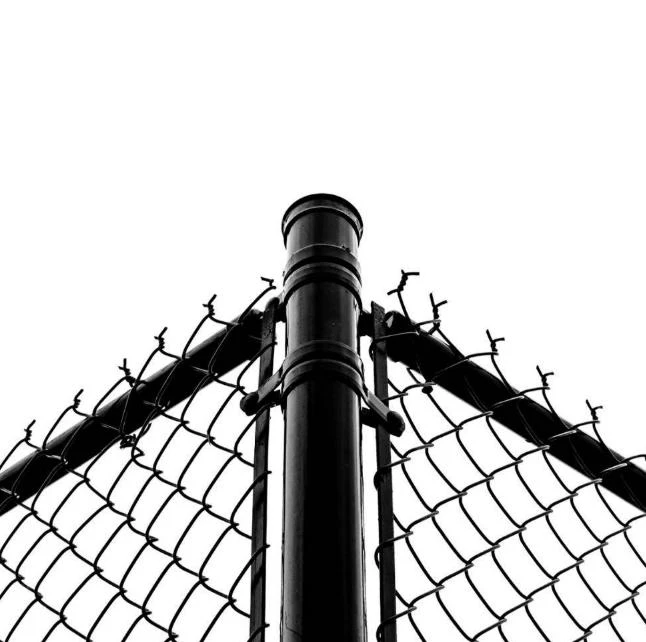 Metal fence types enhance securityMetal fence types form the backbone of modern perimeter security solutions worldwide.Read more >
Metal fence types enhance securityMetal fence types form the backbone of modern perimeter security solutions worldwide.Read more >Jul 11 2025
-
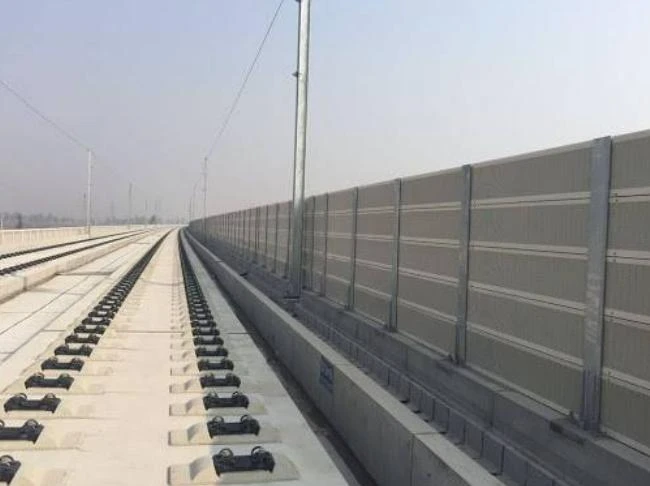 Crowd Control Barrier Manages Foot TrafficThe management of public gatherings demands precision, safety, and reliability, making crowd control barrier systems indispensable tools for organizers worldwide.Read more >
Crowd Control Barrier Manages Foot TrafficThe management of public gatherings demands precision, safety, and reliability, making crowd control barrier systems indispensable tools for organizers worldwide.Read more >Jul 11 2025
